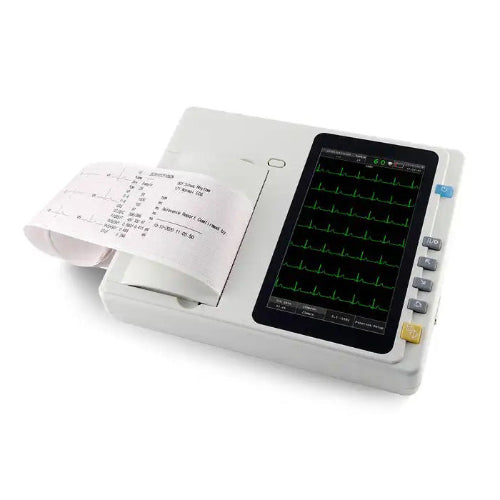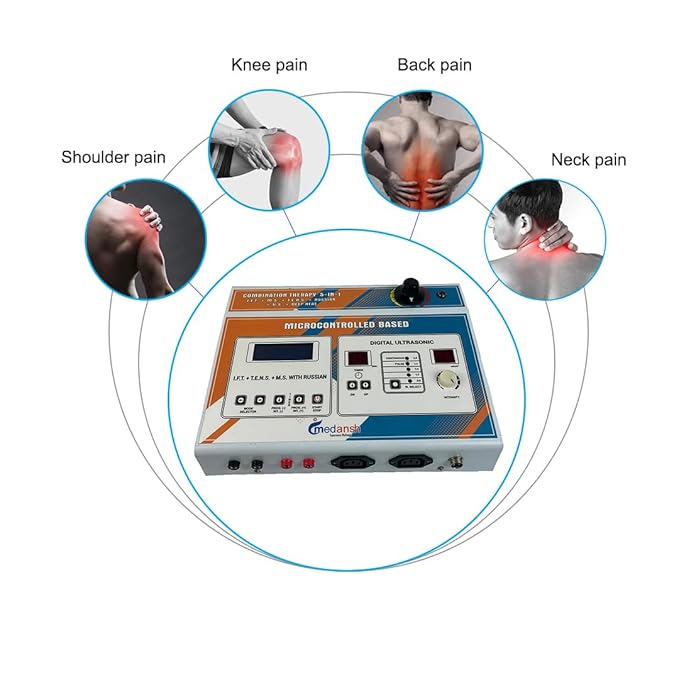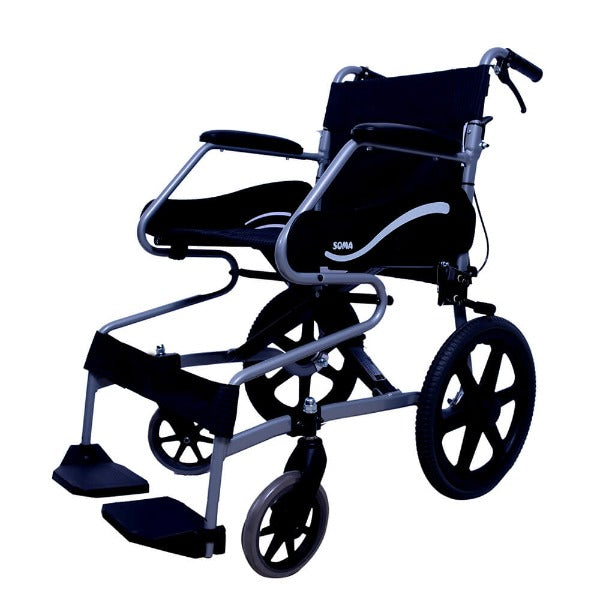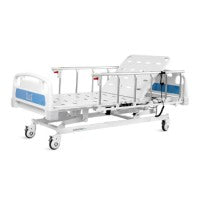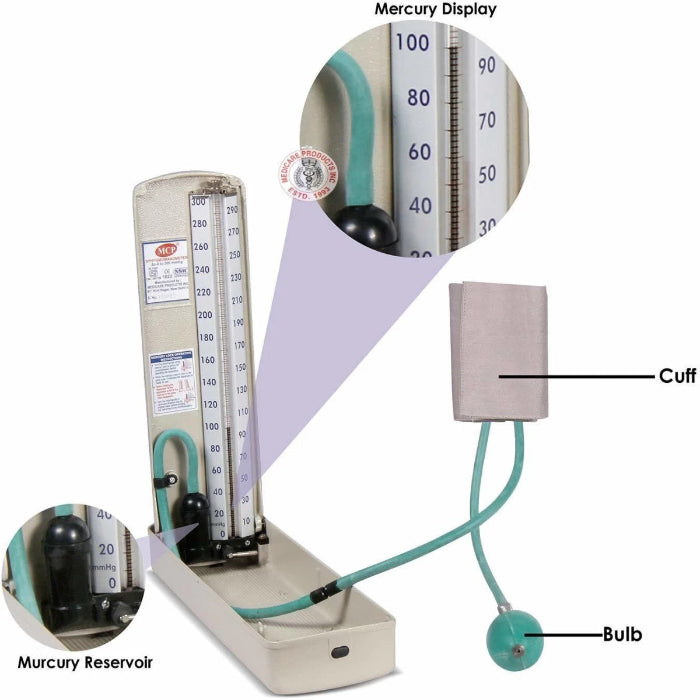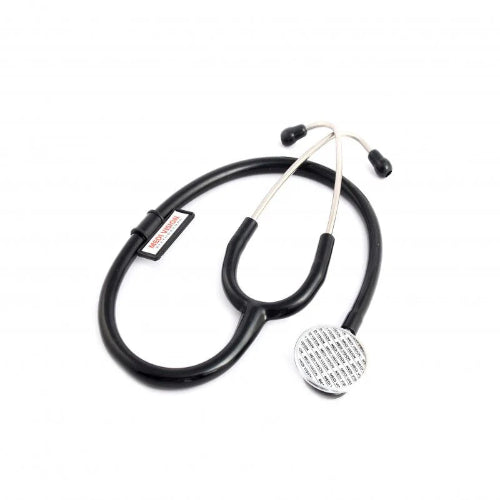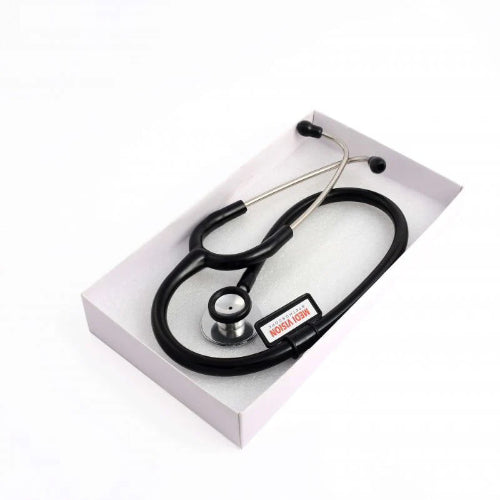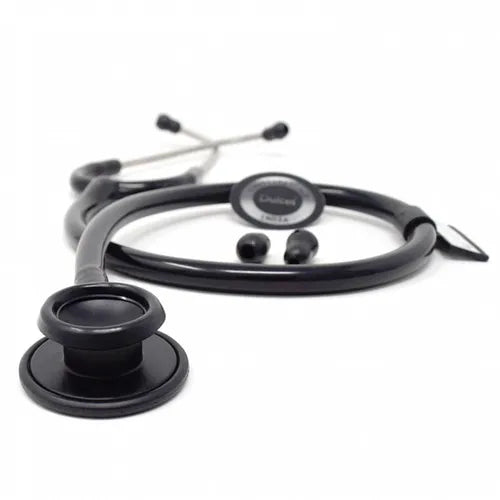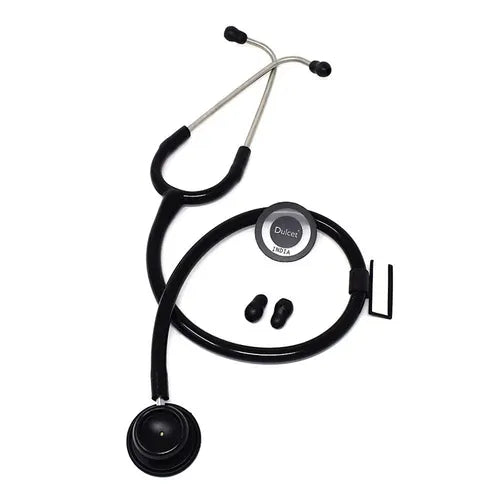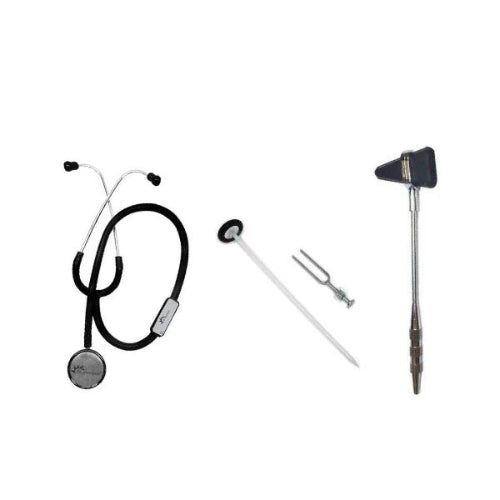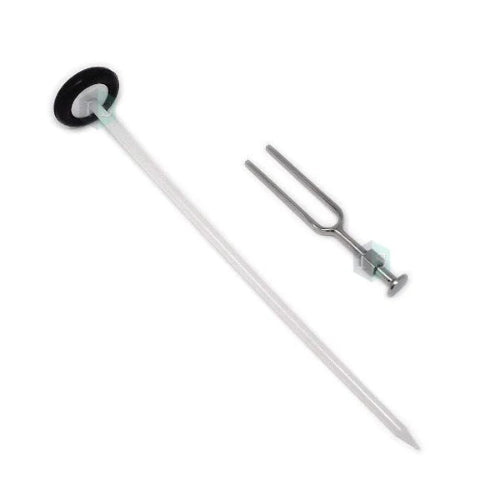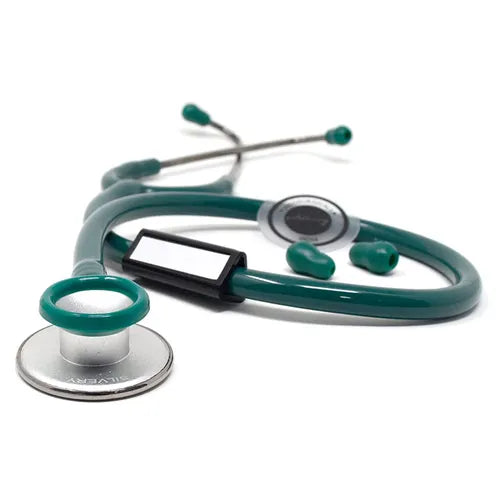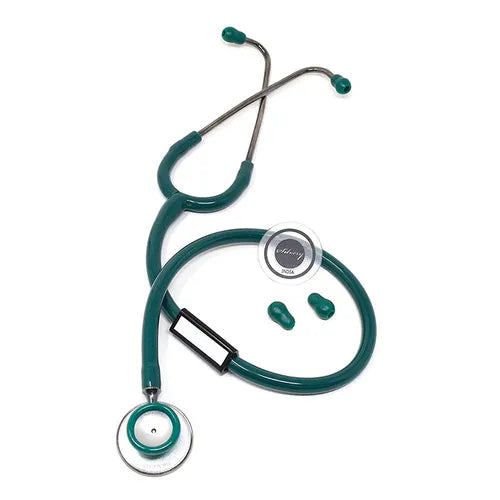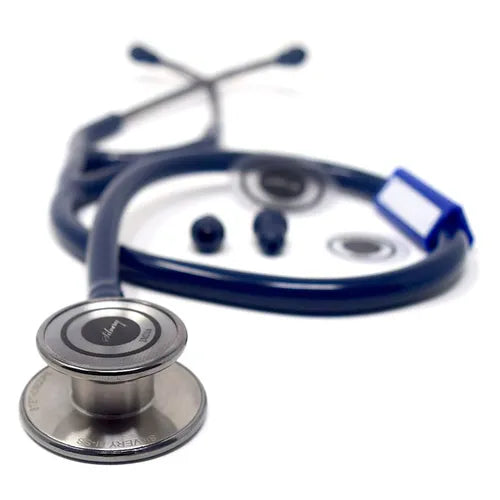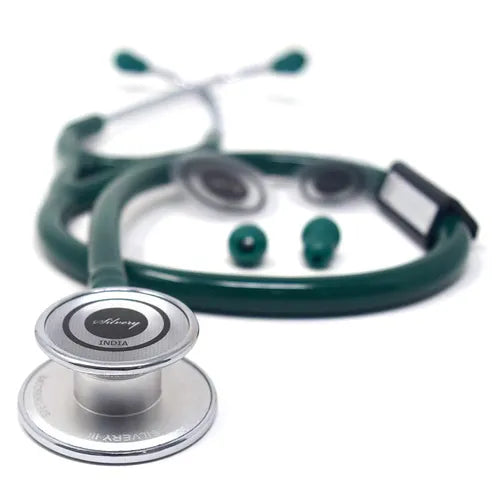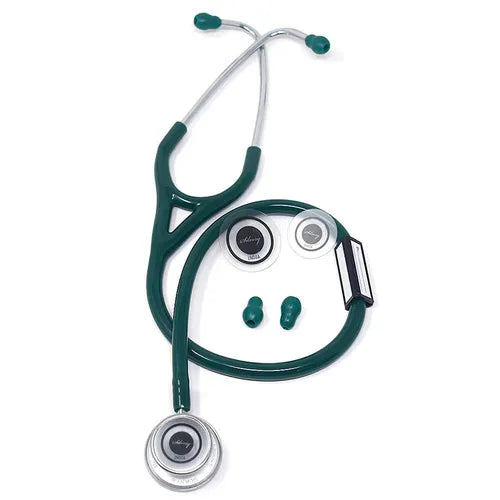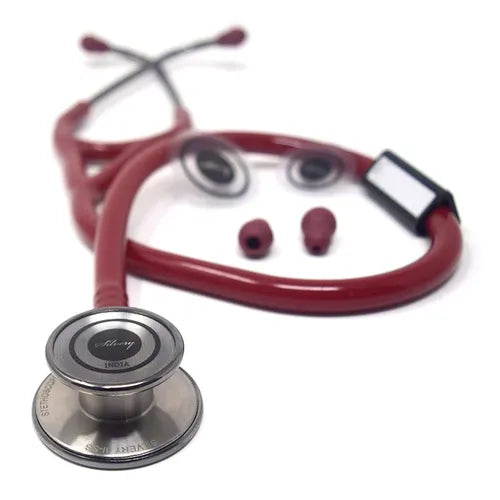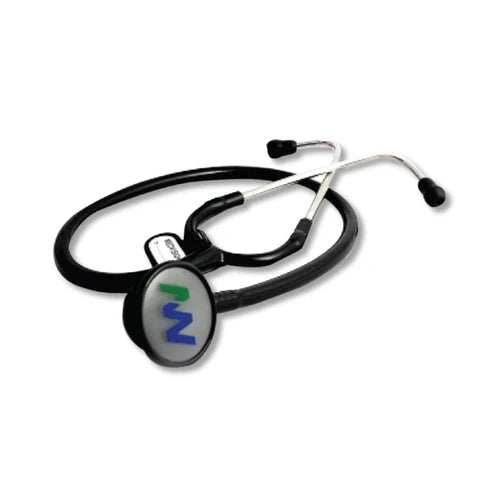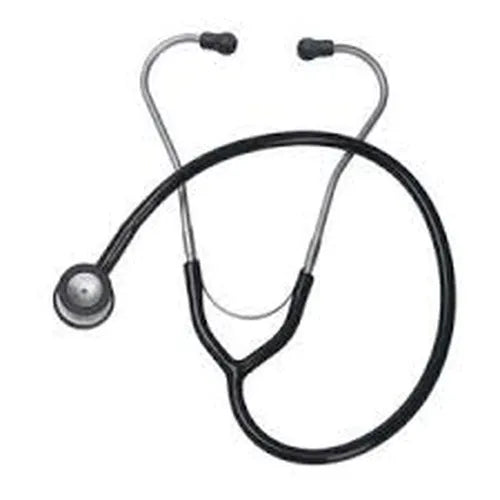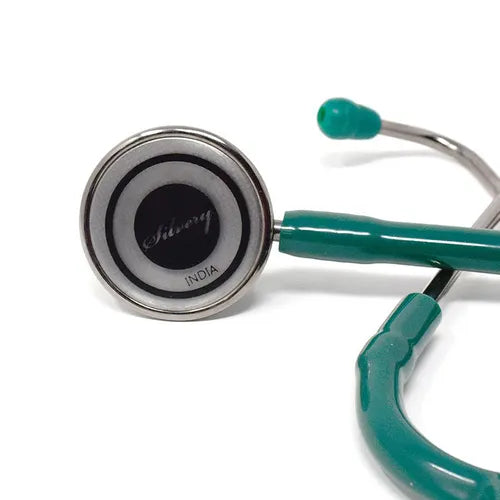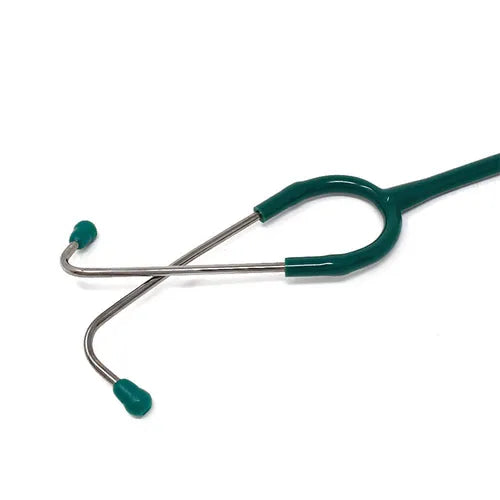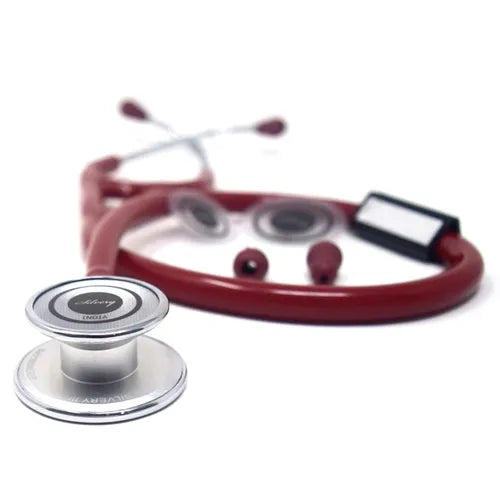Filter
29 products
Type: Stethoscope
Medivision Stethoscope Deluxe
Type: Stethoscopes
Dulcet Brace Chrome Stethospcope (Black)
Type: Stethoscope
Stethoscope Tuning Fork Percussion and Square Hammer Combo
Type: Stethoscope
Silvery Aluminium Chrome Stethoscope (Green)
Type: Stethoscope
Silvery III SS Stethoscope (Blue)
Type: Stethoscope
Silvery III Aluminium Chrome SS Stethoscope (Green)
Type: Stethoscope
Silvery III SS Stethoscope (Red)
Type: Stethoscope
Stethosocpe Ebony With Matt Black Chest Piece
Type: Stethoscopes
Pediatric Delux Stethoscope
Type: Stethoscope
Silvery II-SS Stethoscope (Green)
Type: Stethoscopes
Dulcet II Brass Chrome Pediatric Neonatal Stethoscope
Type: Stethoscope
Silvery III Aluminium Chrome Stethoscope (Black)
Type: Stethoscopes
Dulcet SS Pediatric Neonatal Stethoscope
Type: Stethoscopes
Silvery III SS Stethoscope (Green)
Type: Stethoscope
Silvery III Aluminium Chrome SS Stethoscope (Red)
Collection:
Stethoscope
Explore Our Wide Range of Stethoscopes – Precision and Clarity for Every Medical Professional
Introduction
In modern healthcare, no instrument symbolizes trust more strongly than the stethoscope. Because it connects doctors to patients in an immediate and non-invasive way, it has remained indispensable for over 200 years. Although technology has advanced dramatically, the stethoscope still serves as the first point of contact in diagnosis. Therefore, every medical professional—whether student, nurse, or specialist—considers it an essential tool.
What Is a Stethoscope?
A stethoscope is a diagnostic instrument designed to transmit internal body sounds to the listener’s ears. As a result, physicians can analyze the heart, lungs, blood vessels, and even bowel activity without invasive procedures. Since its invention by René Laennec in 1816, the device has evolved from a simple wooden tube into highly sophisticated acoustic and digital models.
Why the Stethoscope Remains Essential
Non-Invasive Assessment
Because auscultation requires no surgery or radiation, it provides a safe and quick diagnostic pathway.
Early Detection
Since subtle changes in heartbeats or breathing often indicate disease, the stethoscope helps detect problems before they become serious.
Universal Application
Although simple, it is used across specialties—cardiology, pulmonology, gastroenterology, pediatrics, and obstetrics.
Symbol of Care
Patients associate it with professionalism and reassurance, which strengthens trust during consultations.
Types of Stethoscopes
Acoustic Stethoscopes
These remain the most common. Because they rely on sound waves traveling through hollow tubing, they are simple, reliable, and affordable.
Electronic or Digital Stethoscopes
By amplifying sounds and filtering background noise, digital models improve accuracy. Furthermore, some record and transmit data for later analysis.
Cardiology Stethoscopes
Since cardiologists must detect faint murmurs and subtle irregularities, these offer advanced acoustic sensitivity.
Pediatric and Neonatal Stethoscopes
Because smaller chest pieces are better suited for children, these stethoscopes ensure comfort and precision.
Fetal Stethoscopes
Specially shaped instruments such as Pinard horns allow obstetricians to hear fetal heartbeats clearly.
Key Components of a Stethoscope
- Chest Piece: Usually features a diaphragm for high-frequency sounds and a bell for low-frequency tones.
- Tubing: Durable, flexible, and often latex-free for safety.
- Headset: Includes binaural tubes and eartips that provide a secure fit.
Because each component directly affects sound quality, high-grade materials ensure long-term performance.
Features That Define Quality
When healthcare professionals invest in a stethoscope, they typically look for:
- Strong acoustic sensitivity for accurate diagnosis
- Dual-head chest pieces for versatility
- Lightweight yet durable frames for daily use
- Soft-sealing eartips that reduce ambient noise
- Skin-friendly, latex-free tubing
- Noise-reducing or amplifying technology in advanced versions
Since every feature contributes to diagnostic accuracy, careful selection matters greatly.
How to Use a Stethoscope Correctly
Step-by-Step
- Insert earpieces forward for a snug fit.
- Place the chest piece gently on the patient’s chest or abdomen.
- Ensure a quiet environment to reduce interference.
- Move systematically across regions for complete assessment.
- Interpret findings based on sound intensity, rhythm, and clarity.
Applications in Different Fields
- Cardiology: Detect murmurs, irregular rhythms, and valve disorders.
- Pulmonology: Identify wheezing, crackles, or reduced airflow.
- Gastroenterology: Listen to bowel movements for possible blockages.
- General Practice: Measure blood pressure in combination with a sphygmomanometer.
- Obstetrics: Monitor fetal heartbeat during pregnancy.
Because of its adaptability, the stethoscope remains relevant in nearly every clinical discipline.
Benefits of Using a Stethoscope
- Quick and immediate feedback during examinations
- Non-invasive yet highly effective tool
- Portable and lightweight for hospital rounds and home visits
- Affordable compared to other diagnostic devices
- Trusted by professionals worldwide for over two centuries
Summary
- Essential for accurate diagnosis
- Used in almost every medical specialty
- Available in acoustic and electronic models
- Durable, portable, and easy to use
- Provides reassurance to patients
- A training essential for medical students
Frequently Asked Questions
What does a stethoscope actually do?
It allows professionals to listen to internal body sounds, including the heart, lungs, and intestines.
Which model should medical students buy?
Beginners often choose dual-head acoustic stethoscopes because they balance clarity with affordability.
How are electronic models different?
They amplify sounds, reduce background noise, and sometimes include recording features.
Can the same stethoscope work for adults and children?
Yes, many models feature interchangeable diaphragms and bells to accommodate both.
How long can a stethoscope last?
With proper care, most high-quality devices remain functional for five to ten years.
How should it be maintained?
Clean regularly with alcohol wipes, avoid exposure to extreme temperatures, and store without tightly bending the tubing.
Why Choose MeddeyGo for Stethoscopes?
At MeddeyGo, we believe healthcare professionals deserve tools that combine precision with comfort. Because we carefully select products from trusted manufacturers, you can rely on our collection for long-lasting performance. Furthermore, we balance affordability with quality so that both students and specialists can access the right instruments.
- Wide range from basic to advanced models
- Affordable pricing with uncompromised quality
- Trusted by thousands of professionals in India
- Clear product descriptions for easy selection
- Secure ordering and nationwide delivery
When you choose MeddeyGo, you are not simply buying a stethoscope—you are investing in accuracy, trust, and professional excellence.

